
Orthodontics, commonly known as braces, are used to enhance the aesthetic appearance of the smile and correct malocclusions such as crowded teeth, missing teeth, or misaligned teeth.
Please click on a link below for more information.
Children
Your Children Deserve:
Broad Beautiful Smiles
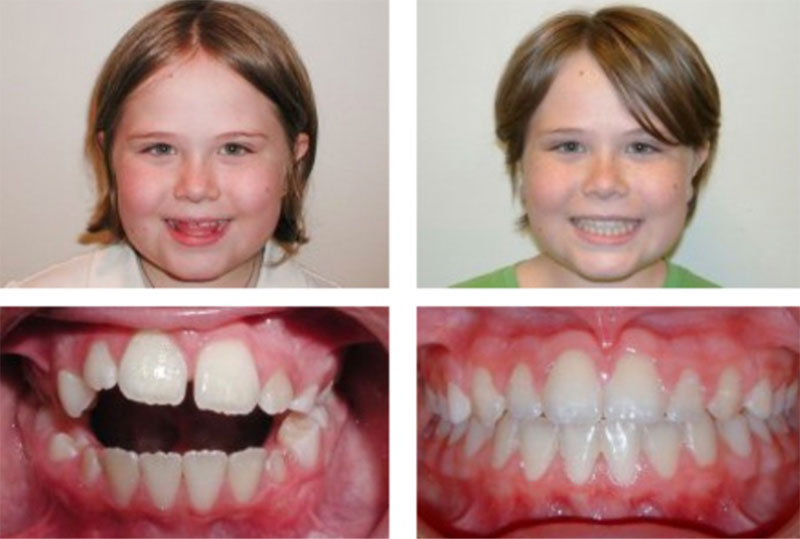
Mouth breathing can cause narrow arches and unattractive smiles. By using functional appliances while children are actively growing, we can help them achieve a broad, beautiful smile.
Healthy Jaw Joints
Many children with narrow jaws, deep overbites or receding lower jaws have unhealthy jaw joints which can cause:
- Headaches
- Neck Pain
- Dizziness
- Earaches or ringing in ears
- Fainting
- Clicking or locking jaw
- Difficulty opening jaws
Early use of functional appliances can prevent or eliminate these problems.
To Breathe Freely
Mouth breathing can lead to orthodontic problems as well as other problems, such as lack of oxygen and poor sleep habits. This leaves children prone to daytime fatigue, an inability to concentrate in school and headaches.
An End To Ear Pain
Deep overbites and receding lower jaws may cause earaches, stuffiness or ringing in the ears. If infection has been ruled out, functional appliances can eliminate these symptoms effectively.
Facilitated Speech Development
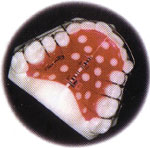
Narrow jaws can confine the tongue and interfere with normal speech. Functional appliances help ensure proper growth and greatly enhance a child's ability to speak normally.
Your Support
Patients want the best for their children; straight profiles and beautiful smiles. By treating problems early, you save money and may prevent the need for more extensive future treatment.
Why Are Functional Appliances So Important?
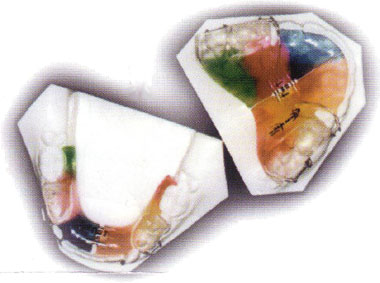
Functional appliances can help correct:
- Bite Problems
- Underdeveloped Jaws
- Narrow Arches
- Crowded Teeth
- Deep Overbites
- Jaw Joint Problems
- Airway Problems
- Thumbsucking Habits
And can often prevent:
- Removal of adult teeth
- Fang like tooth appearance
- Lengthy use of braces
- Speech difficulties
- Crowding
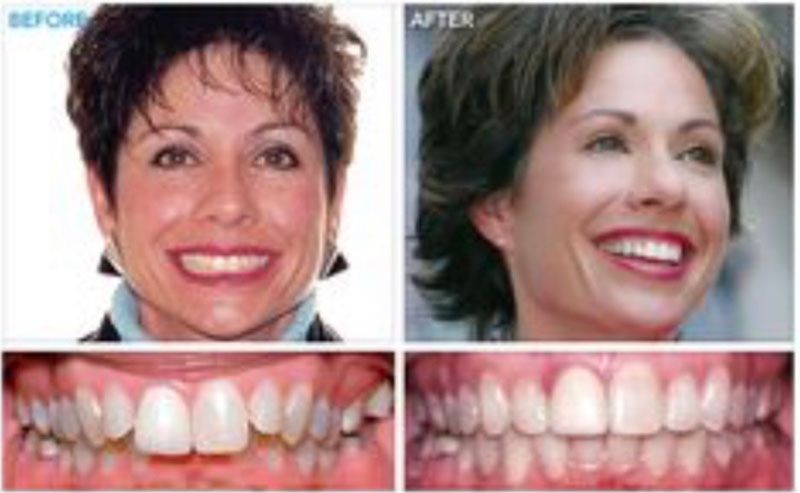
To eliminate crowding:
Crowded teeth are caused by narrow arches. By developing the arches at an early age, we may prevent or eliminate the crowding of permanent teeth. Another advantage is that early treatment often eliminates the need to remove any adult teeth.
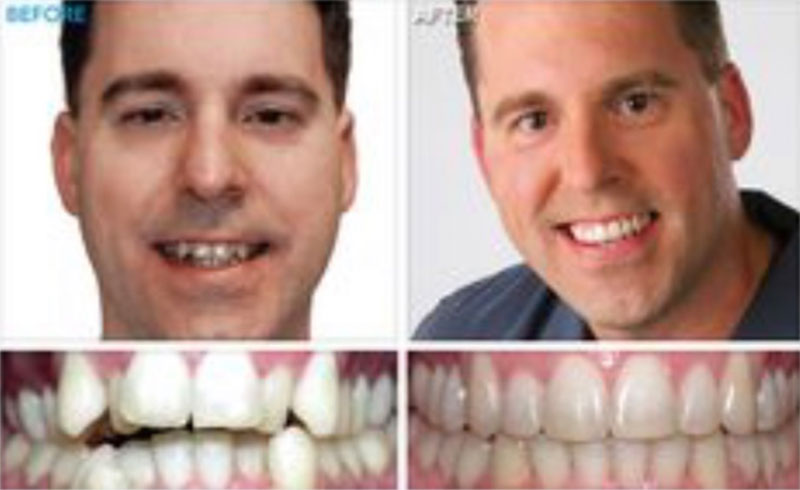
Let us meet your child's orthodontic needs as early as possible!
It is critical to correct any functional or jaw problems as soon as they are diagnosed.
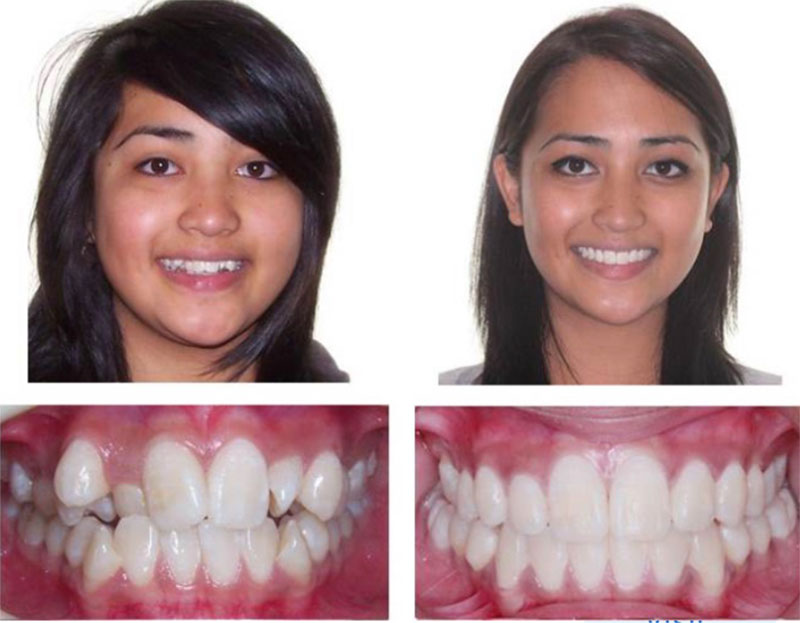
Two Phase Treatment
Phase One - Functional Appliances (Ages 5 to 12)
Early treatment should be initiated for:
- Habits such as tongue thrusting and thumb sucking
- A constricted airway due to swollen adenoids or tonsils
- Mouth breathing or snoring problems
- A bad bite
- Bone problems (i.e. narrow or underdeveloped jaws)
Phase Two - Braces (Ages 12-14)
- Teeth are straightened with braces
- Braces usually take about 1.5 to 2 years
- Teeth are whitened
Early Treatment Is Key
Get Your Child's Smile Off To A Healthy Start
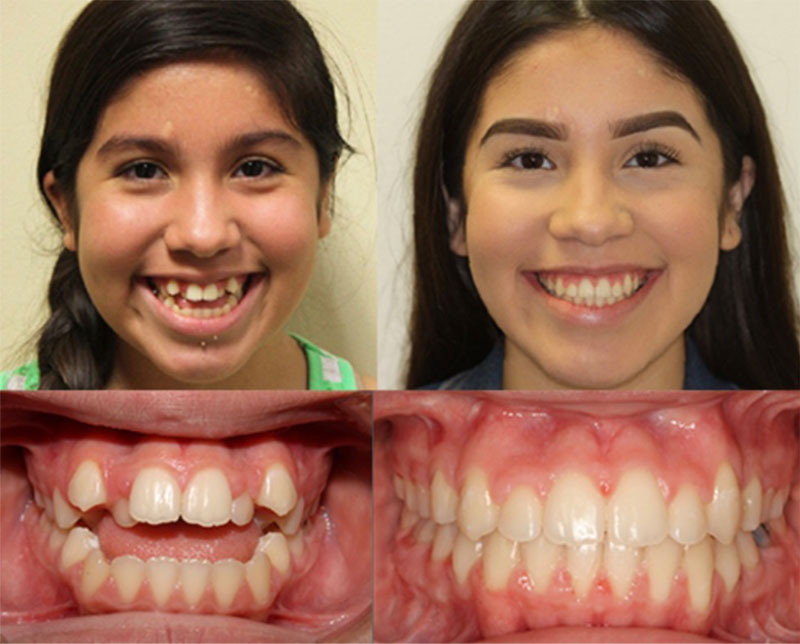
Facial Development
75% of 12-year-olds need orthodontic treatment. Yet 90% of your child's face has already developed! By guiding facial development earlier, through the use of functional appliances, 80% of the treatment can be corrected before the adult teeth are present!
Cooperation
Younger children between the ages of 8 and 11 are often much more cooperative than children of 12 to 14.
Shorter Treatment Time
Another advantage of early Phase Once treatment is that children will need to wear fixed braces on their adult teeth for less time.
To Correct Underdeveloped Jaws
Almost 50% of children who need orthodontic treatment due to a bad bite have underdeveloped lower jaws. Functional appliances can reposition the lower jaw forward, improve the child's profile and correct the bite problem - within 7 to 9 months! See what a difference functional appliances made to this young girl's profile. Treatment began at age 7 and the after photo was taken at age 11.
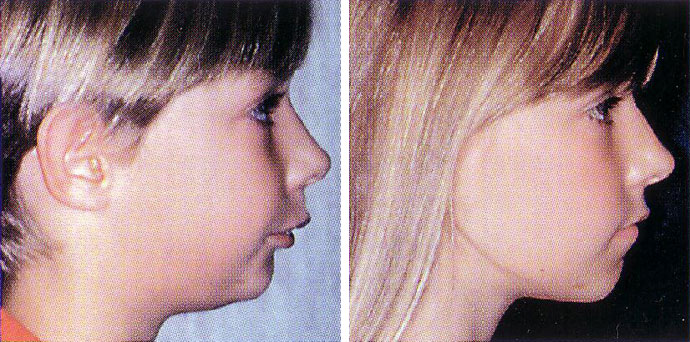
Adults

Modern orthodontic treatments achieve amazing results quickly and easily. As a result, many more adults are now undergoing orthodontic treatment to enhance the appearance of their smile.
- Traditional solutions: Traditional braces include bands, where metal strips reposition teeth; lingual braces, which are attached to the backs of teeth, out of view; and brackets, which are bonded directly to teeth.
- New Solutions: The latest trend in orthodontics utilizes removable clear plastic "aligners", which fit snugly over the teeth to reposition them. Approximately every two weeks, new aligners are inserted, to accommodate the repositioning of the teeth.
